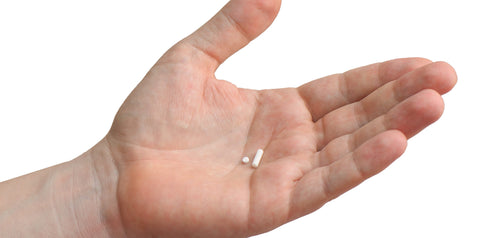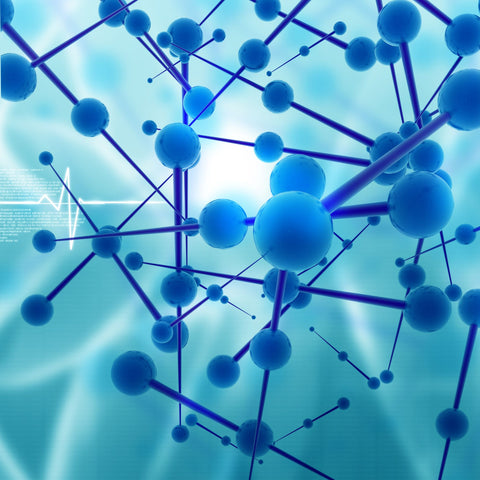What Are Hormone Pellets?
There are many options to treat hormone imbalances. At Folsom Medical Pharmacy we provide supplements and bio-identical hormone therapy in many routes. You may have received a prescription for topical lotions, gels, capsules, troches or vaginal applications. A treatment that has been gaining popularity the last few years are hormone pellets. But what are hormone pellets?

Hormone pellets are implants surgically inserted below the skin. Providers of hormone pellets say that they release static levels of the prescribed hormone continuously for months at a time. While your prescription of cream or capsules is most likely applied in static doses, we still don't recommend pellet therapy for our patients.
Dr. Jim Meehan, BodMD
Dr. Meehan has a long career of innovating the healthcare industry. Hear why he no longer prescribes hormone pellet therapy for his patients.
Why hormone pellets are not optimal hormone therapy.
I speak from experience. I've had pellets inserted. In fact, I still have palpable scar tissue where the pellets were inserted in my abdomen.
I'm an expert in hormone optimization therapy. I'm also a surgeon. Therefore, I gave hormone pellets a trial in my practice about eight years ago. I've inserted pellets in well over 200 patients. I stopped inserting them when I realized that the blood levels produced by pellets declined so much after 1-2 months that to maintain my patients at optimal levels they would need to augment with injections, creams, or orals. Therefore, they might as well do injections, creams, or oral therapy and have full control over their hormone levels at all times.
In summary, I don't recommend hormone pellets. Here are some of the other reasons why I don't recommend them:
Extrusion: This is a spontaneous expulsion of the pellet from its implanted site. Not ideal since it is painful and each one costs money. When this occurs it would require another surgical procedure and pellet insertion. It occurs in about 5-12% of patients.1,2,3
Infection: While this is easily avoided by using proper technique, this has been found to occur in 1.4-6.8% of patients. It may also occur simultaneously with extrusion.1,2,3
Scar formation: Over time and with multiple implantations, scar formation can develop at the implantation site. There is really no way to avoid this.
No Recourse: Once the pellets are inserted you cannot take them out easily. They are placed in the tissue just below the skin. However finding the exact location of the pellet once it is not very precise. So if you don't feel well from the pellets many times you are just stuck with them until they wear off leaving you with very little recourse.
Reference list
1. Handelsman DJ, Mackey MA, Howe C, Turner L, Conway AJ. An analysis of testosterone implants for androgen replacement therapy. Clin Endocrinol (Oxford) 1997;47(3):311–6. doi: 10.1046/j.1365-2265.1997.2521050.x.
2. Kelleher S, Conway AJ, Handelsman DJ. A randomised controlled clinical trial of antibiotic impregnation of testosterone pellet implants to reduce extrusion rate. Eur J Endocrinol. 2002;146(4):513–8. doi: 10.1530/eje.0.1460513.
3. Kelleher S, Conway AJ, Handelsman DJ. Influence of implantation site and track geometry on the extrusion rate and pharmacology of testosterone implants. Clin Endocrinol (Oxford) 2001;55(4):531–6. doi: 10.1046/j.1365-2265.2001.01357.x








Comments (0)
There are no comments for this article. Be the first one to leave a message!